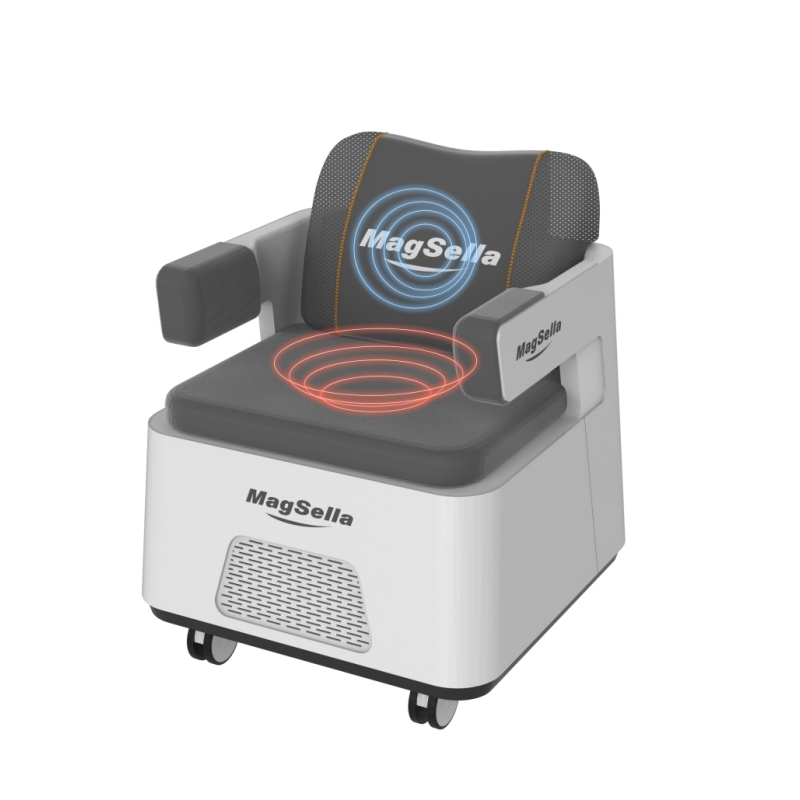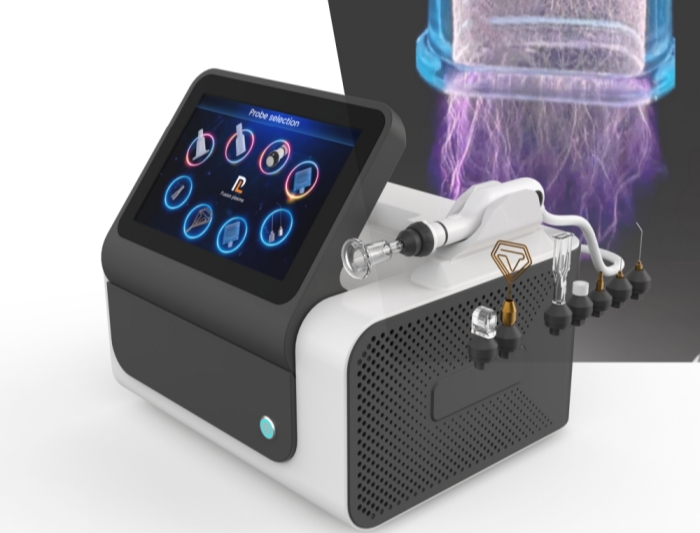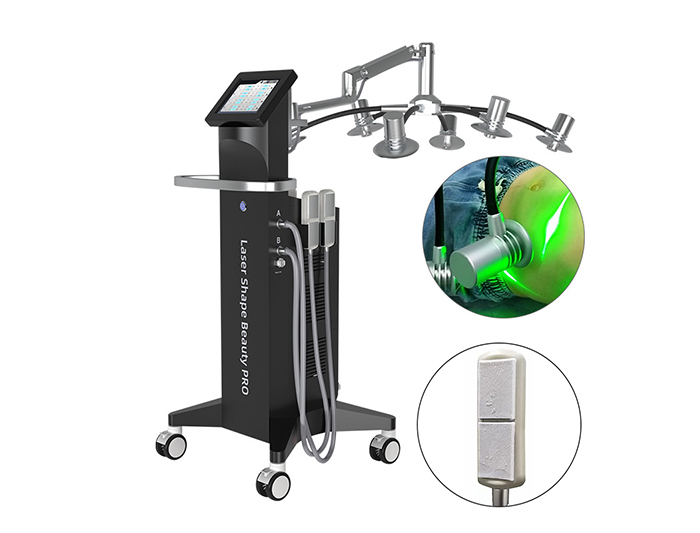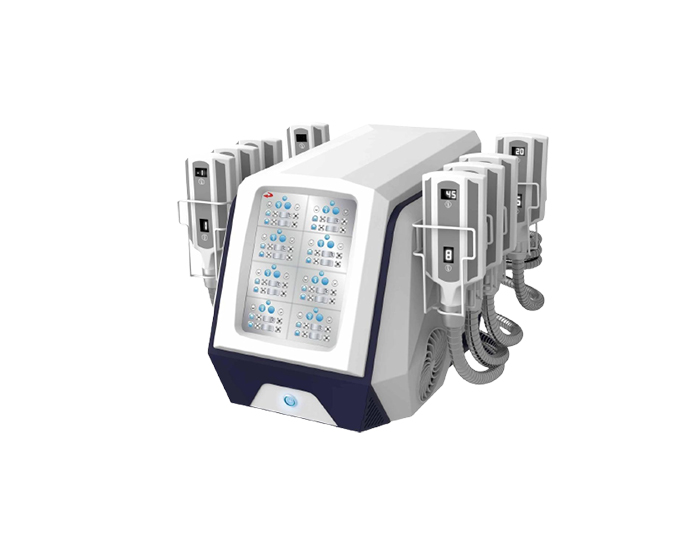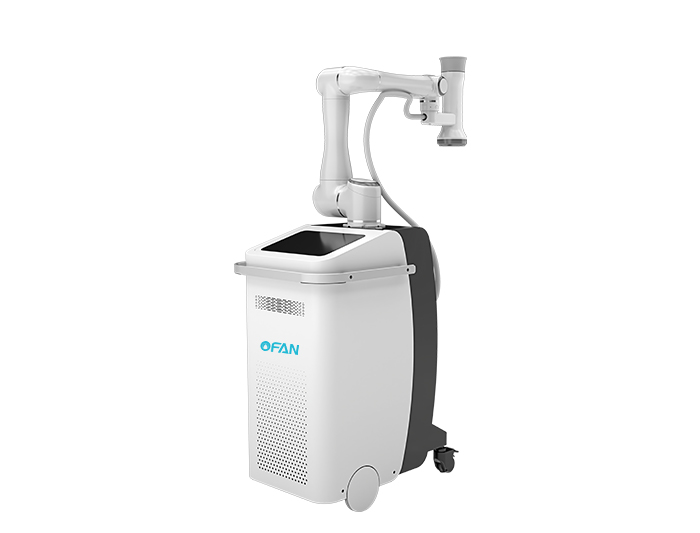1.Where are the pelvic floor muscles?
The pelvic floor muscles are a group of muscles located at the bottom of the pelvis. They are shaped like a "hammock" or "net bag" and support the organs in the pelvic cavity.
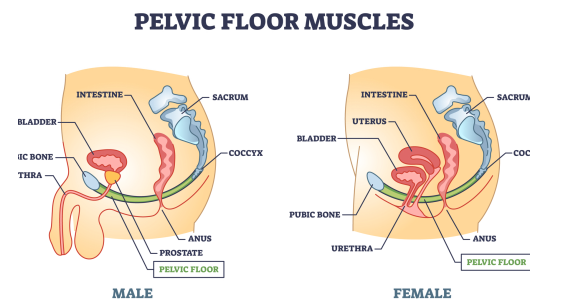
2.Comparison before and after
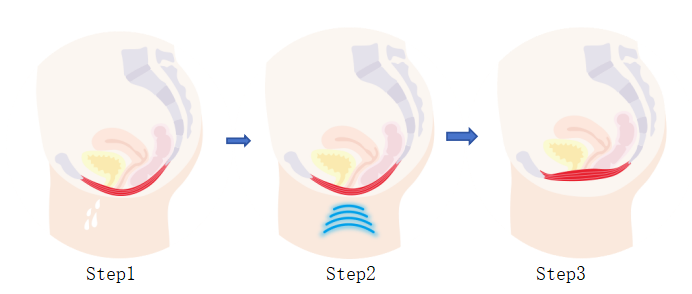
Step1:Before treatment, the pelvic floor muscles were loose and the pelvic organs were sagging, causing private troubles and discomfort.
Step2:Patented HIFEM™ technology is used to tighten and lift the pelvic floor muscles and restore support.
Step3:After treatment, the pelvic floor muscles are tightened and lifted, supporting the pelvic organs and solving the problems of frequent. urination, urine leakage and vaginal relaxation.
2. Full-Cycle Treatment Protocols
▸ Hospital-Home Integrated Protocol
Phase | In-Hospital Protocol | Home-Based Protocol | time |
Acute Phase | Magnetic Stimulation + Cryotherapy | Remote Adjustment via App | 1-2 weeks |
Rehabilitation | HIFEM + Sacral Neuromodulation | Biofeedback Training | 3-8 weeks |
Maintenance | Intermittent Intense Pulses | Smart Posture Monitoring | 9-12 weeks |
▸ Precision Treatment Plans
• Standard Protocol: 6 sessions per course, 48-hour intervals (muscle recovery cycle).
• Intensive Protocol: 8 sessions for severe prolapse + biofeedback (41% improvement in EMG signal compliance).
• Lifelong Maintenance: Quarterly sessions to sustain Type II muscle fiber activity.
3. Credential System
▸ Clinical & Academic Validation
• Southern Medical University Joint Lab: Supported by 1,200 double-blind trials.
▸ Global Certifications
• CE Certification (TST20240903293-1SC): Valid in 40 countries.
• FDA 510(k) (k242186): Passed 21 CFR 820 QSR audit for urological devices.
• ISO 13485:2016: <0.3% production defect rate; 45% annual defect reduction with SGS audits.




